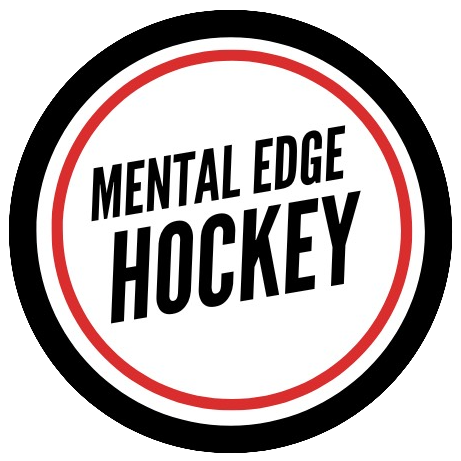In the world of ice hockey, success isn't solely determined by raw talent or physical prowess. Mental focus, discipline, and a well-structured training regimen play a pivotal role. One of the keys to effective training and development is setting specific goals. These goals serve as a roadmap, guiding players towards improvement and success. In this blog, I'll highlight the critical importance of setting specific goals in ice hockey training and development.
Clarity and Focus
Specific goals provide players with a clear sense of direction. When a player knows exactly what they want to achieve, they can focus their efforts, time, and energy more effectively. Whether it's improving stickhandling, enhancing skating speed, or boosting shot accuracy, specific goals help players pinpoint the areas that need attention.
Instead of vague aspirations like "getting better," players can set specific objectives like "increasing my shooting accuracy by 10% in the next two months." This level of clarity ensures that every training session is purposeful and directed toward meaningful progress.
Motivation and Commitment
Setting specific goals fuels motivation and commitment. When players have a tangible target to aim for, they are more likely to stay dedicated to their training regimen. Goals create a sense of purpose and a desire to succeed, pushing players to work harder and consistently.
Moreover, achieving specific goals provides a sense of accomplishment that can further boost motivation. Each milestone reached reinforces the player's belief in their abilities and fuels their commitment to continued improvement.
Measurable Progress
Specific goals are measurable, allowing players to track their progress accurately. Measuring progress is essential for assessing whether a training program is effective and for making necessary adjustments.
For example, if a player's goal is to improve their skating speed, they can measure their progress by recording their lap times during drills. This data-driven approach allows players and coaches to see if the training is producing the desired results or if adjustments need to be made.
Breaking Down Barriers
Ice hockey players often face various challenges and barriers on their journey to improvement. Setting specific goals helps break down these barriers into manageable steps. When players break their ultimate objectives into smaller, achievable milestones, they can tackle each one systematically.
These smaller goals act as stepping stones, making the larger, long-term goal seem less daunting. It's easier to stay motivated and focused when you can see progress being made, even if it's in smaller increments.
Personalized Training
Every player has unique strengths, weaknesses, and areas for improvement. Specific goals allow for personalized training plans tailored to an individual's needs. Rather than adopting a one-size-fits-all approach, players and coaches can design training regimens that address specific weaknesses and capitalize on strengths.
This personalized approach maximizes training efficiency and ensures that players are working on the aspects of their game that will yield the most significant improvements.
Conclusion
In the realm of ice hockey training and development, setting specific goals is not merely a suggestion; it's a fundamental strategy for success. Clear, measurable, and focused goals provide direction, motivation, and a means of tracking progress. They help players break down barriers, stay committed, and receive personalized training that addresses their unique needs.
So, whether you're a young player just starting your hockey journey or a seasoned professional aiming to reach new heights, remember the power of setting specific goals. They will be your guiding stars on the path to improvement and success in the exhilarating world of ice hockey.
